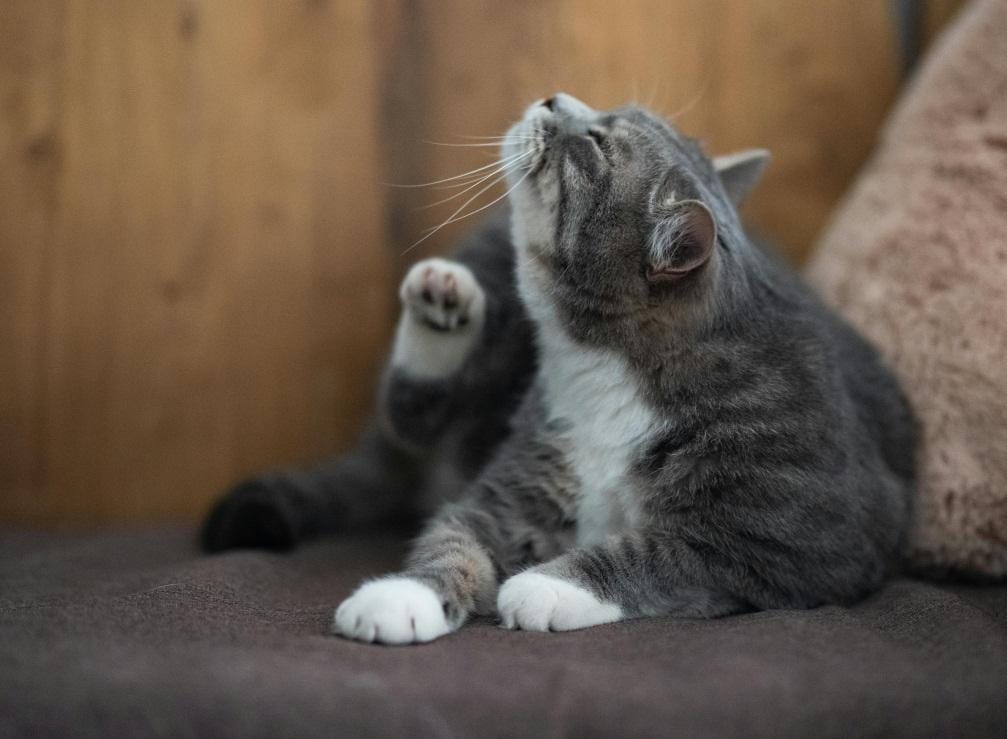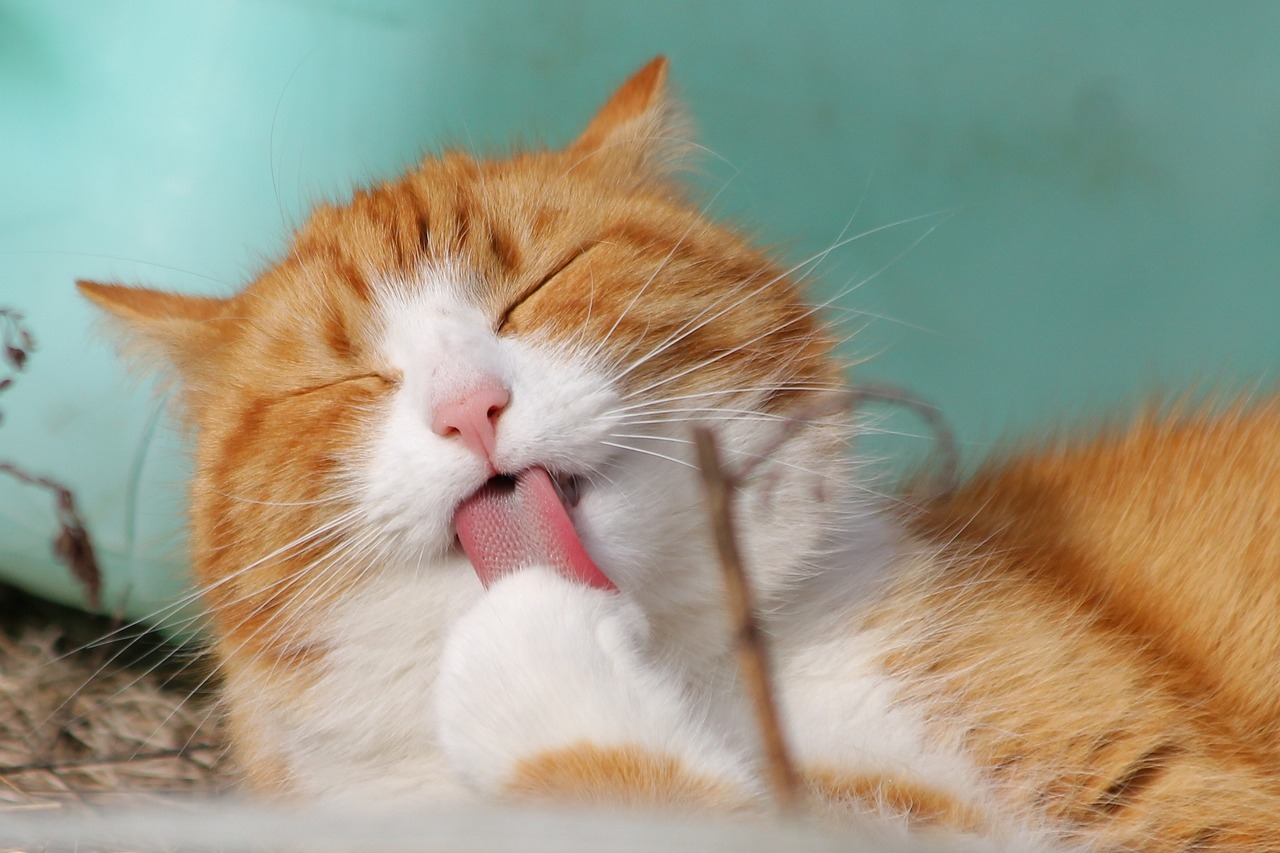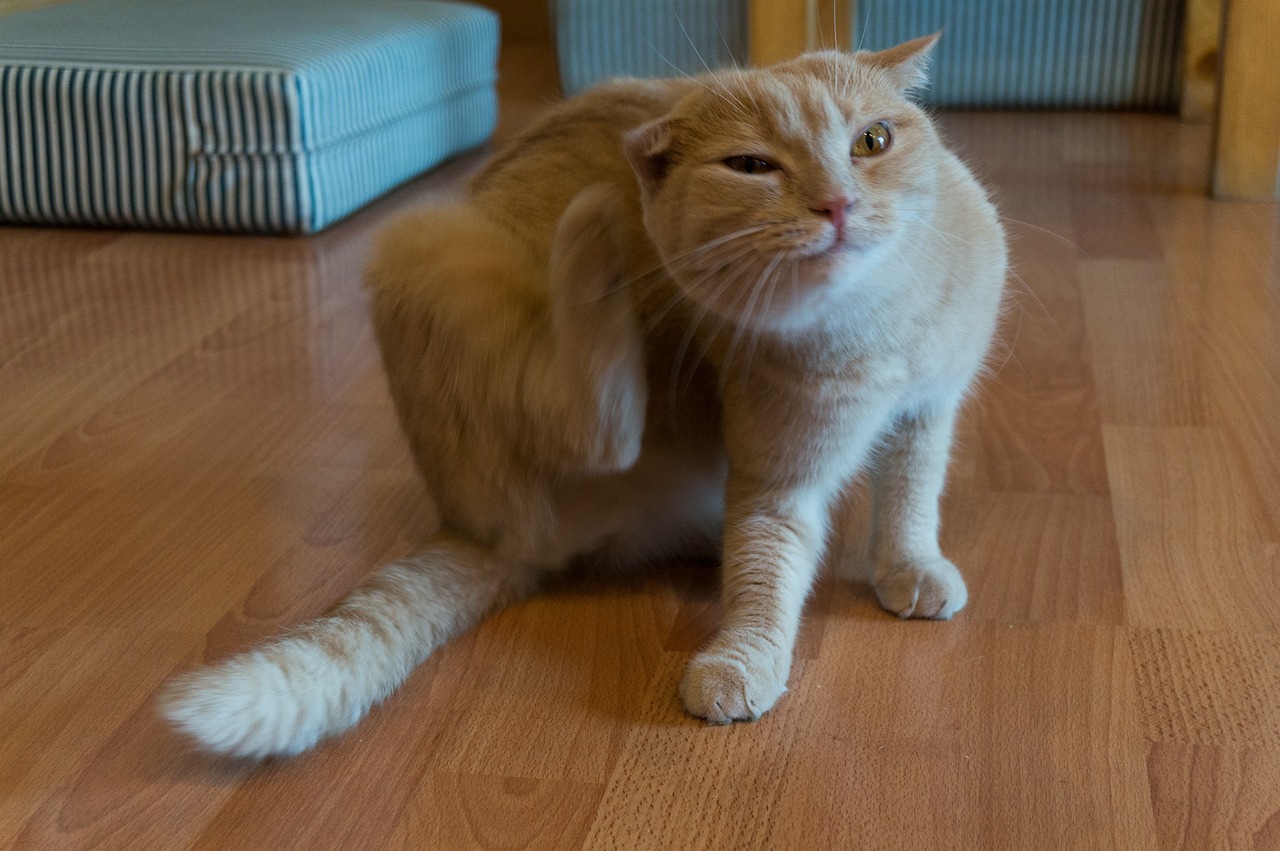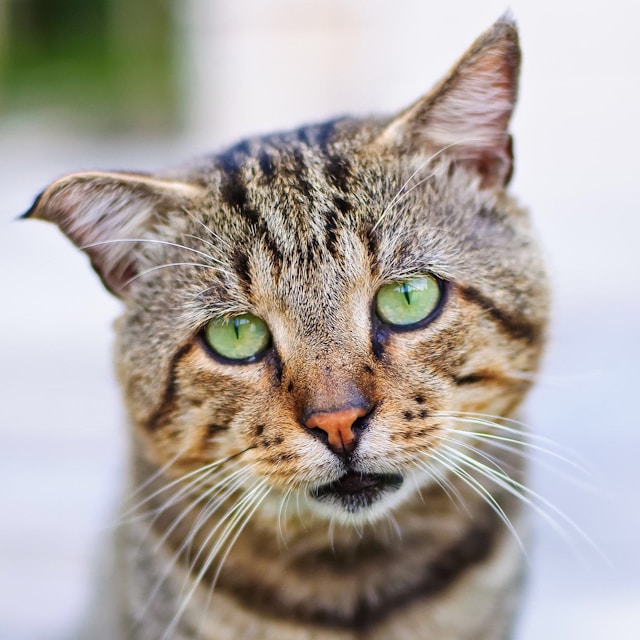Bengal Cat
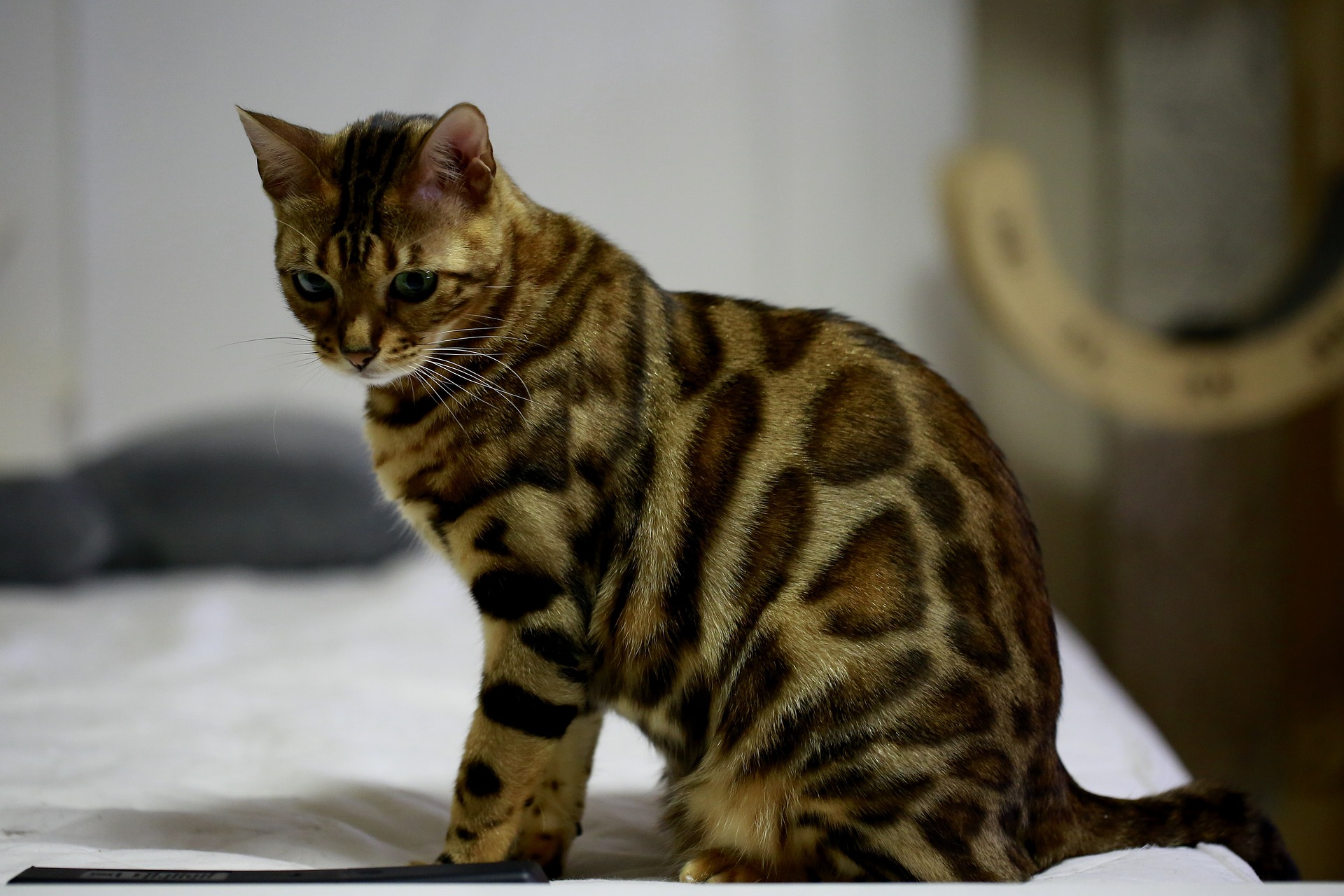
| OFFICIAL NAME | Bengal |
| COMMON NAME | Bengal |
| PET HEIGHT | 8 to 10 inches |
| PET WEIGHT | 8 to 15 pounds |
| LIFESPAN | 9 to 15 years |
| GOOD WITH | cats, children, dogs, families, seniors |
| TEMPERAMENT | affectionate, bold friendly |
| INTELLIGENCE | high |
| SHEDDING AMOUNT | normal |
| PLAYFULNESS | high |
| ENERGY LEVEL | active |
| VOCAL LEVEL | frequent |
| COAT LENGTH | short |
| COLORS | chocolate/brown/ able, lavender/silver |
| OTHER TRAITS | easy to groom, easy to train, friendly toward humans, friendly toward other pets, friendly toward strangers, high prey drive, strong loyalty tendencies |
Bengal cats are famous for their remarkable and exceptional coats, whose patterns look like wild leopards or ocelot cats. But despite their appearance, they are loving and calm pets. Their breeds were recognized in 1983 and became well-known after.
Bengal Appearance
These cats are known for their unique coats, with only one cat breed that possesses markings that take after their ancestors, which is the Asian Leopard. Their smooth and graceful bodies typically weigh up to 8 to 15 lbs. They have short and thick coats that come in daring patterns of various colors of snow, brown, and silver. In contrast, the usual shades of their eyes are orange, brown, green, and yellow.
Even though they weigh similar to regular house cats, Bengal cats are more noticeable due to their muscular, long bodies. They jump great due to their long legs, so do not be surprised to see them on top of the countertops or shelves.
Bengal Personality
Bengal cats are full of energy and love to stay active. They have this spirited nature because they are a mix of domestic and wild Asian Leopard Cats. These kitties are curious and lively and enjoy being around people. They tend to keep their playful and youthful spirit even as they grow up. However, there are better choices for new cat owners; experienced folks who can give them the attention they crave are a better fit.
Bengal cats are also known for being quite talkative with their owners. They won't meow constantly, but they're good at letting you know what they want, whether "I'm almost out of food" or "Let's play!" When you come home, don't expect a quiet welcome—Bengals like to make a fuss and warmly greet you. These cats are very loving and committed to their human family and enjoy playtime with their owners.
Bengal Living Needs
A Bengal cat is happiest when it's close to their owners, whether in a small apartment or a big house. They are comfortable, provided their owners and the human family are nearby.
Regardless of your home size, these cats require considerable time for activities and need a place to climb. Providing them with a cat tree and toys can redirect their energy, especially if their owners are not home. And if you need to be away for too long, you can give your Bengal cats another cat to be their companion. Their strong hunting nature makes them love to watch other animals, such as birds or squirrels, from inside the home. A perch by the window can give them a great view to watch comfortably.
These cats are very agile and explore every high spot they can reach. If you have a collection of precious and delicate things, secure them where your cat can't knock them over. Also, consider installing cat shelves to protect your Bengals from your fragile belongings.
Even though they're not known for being couch potatoes, Bengal cats will happily curl up on your lap for a nap after a busy day of playing with toy mice.
Bengal Care
These cats are independent in terms of keeping themselves clean. Regular brushing gently is needed to keep their short fur nice and shiny. Trimming their nails and brushing their teeth regularly is vital for caring for your Bengal cats. It will help if you begin grooming your cats early when they are still kittens, so grooming them when they grow up will be easier.
Bengal Health
Generally, these cat breeds are healthy, with a lifespan of 9 to 15 years. But like any other breeds of cats, they can also experience health problems such as eye and joint concerns, hip dysplasia, and heart conditions. A visit to a veterinarian is essential to ensure that your Bengal cats stay healthy and happy.
Bengal Exercise Requirements
Bengal cats' activeness and lots of energy will require daily exercise. It will be vital to involve them in dynamic play sessions, such as giving them toys as prey for chasing and hunting. Through this, their natural hunting nature will be released, and their energy will be consumed.
Bengal Training
Because of these cats’ curiosity and cleverness, they grow well in exploring, solving puzzles, and discovering new things. They love being outdoors, and teaching them to wear harnesses will help them explore the outside world safely.
For your Bengal cats not to get bored and prevent unnecessary behaviors, provide them with puzzles to solve or teach them new tricks. They must be kept active and entertained by giving them various cat toys. Early socialization with other people, animals, and children is also recommended.
Bengal History
Since the 1800s, people have been crossbreeding domestic with Asian leopard cats. However, the Bengal cat breed was not popular in the mid-20th century. A breeder and conservationist named Jean Mill made a significant breakthrough in 1963 when she crossbred an Asian leopard cat over a domestic cat, as reported by the Cat Fanciers' Association. It took a few decades, but by 1996, the Bengals were officially recognized and registered by the CFA. The Bengals we accept as part of the breed today come from the F6 generation or later.
It's no wonder Bengal cats have quickly become one of the world's most popular breeds. Their warm and intelligent personalities and striking coat colors and patterns have made them a favorite among cat lovers, surpassing breeds that have been around for generations.
Bengal Fun Facts
Did you ever hear about the rock band Jethro Tull? The band's famous flute player, Ian Anderson, was an early fan of Bengal cats and has been promoting this breed for some time. Other favorite celebrities, such as Kristen Stewart, Bruce Springsteen, Kourtney Kardashian, Barbara Mandell, and Jerry Seinfeld, owned Bengal cats.
Thor, a famous Bengal cat from Belgium, has his own Facebook and Instagram accounts with many fans who admire him.
Bengal cats can get feline leukemia, just like any other cat. If your Bengal goes outside or hangs out with other cats, vaccinate them against it. It's the best way to keep them safe.
Did you know that the Bengal cat's ancestor from Asia is called the Asian leopard cat? The Bengal breed gets its name from this ancestor, not the tiger.
Get insurance plans with wide-ranging coverage options








